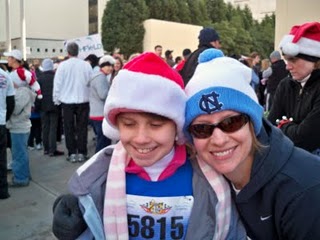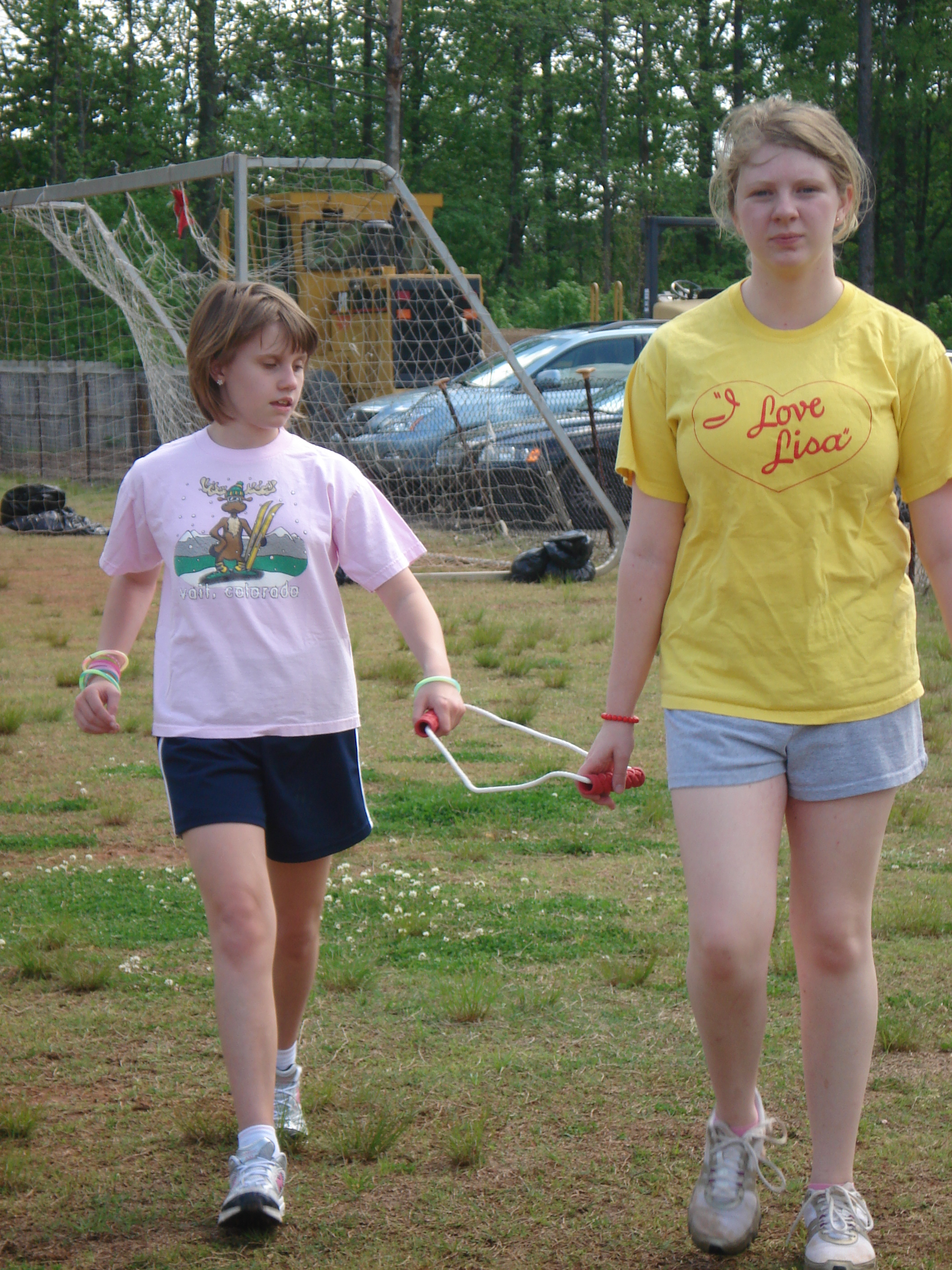 During Taylor’s fifth grade year, a wonderful thing called Girls on the Run came to her small, private school. Already blind and struggling with her speech, Taylor nevertheless wanted nothing more than to go through the program with her girlfriends. That year, a modified jump rope and an upper school student with a big heart became her lifelines. They helped Taylor experience some sense of normalcy and, in doing so, created an uncommon magic that changed all of our lives forever.
During Taylor’s fifth grade year, a wonderful thing called Girls on the Run came to her small, private school. Already blind and struggling with her speech, Taylor nevertheless wanted nothing more than to go through the program with her girlfriends. That year, a modified jump rope and an upper school student with a big heart became her lifelines. They helped Taylor experience some sense of normalcy and, in doing so, created an uncommon magic that changed all of our lives forever.
Yesterday, Girls on the Run founder Molly Barker published a post on the Athleta Chi website. The post, originally printed in Endurance Magazine in 2009, could have only been penned by someone lucky enough to witness the amazing event it describes. Barely 24 hours old on the web, it’s already gone viral, but if you haven’t had a chance to read it, I encourage you to do so by clicking on the link at the end of this post. It will be well worth your time – I promise.
In all my years on this earth, I’ve never come across anything as tragic or daunting as Batten disease. I’ve run many miles in the six-plus years since Taylor’s diagnosis, but on many of those days, part of me has wanted to simply run away – to quit fighting. But through it all, Taylor – the one who stands to lose the most – has taught the rest of us an incredible lesson about courage – about honoring every moment we’re given, about friendship, about love, about believing. Taylor may be blind, but she opened our eyes to what really matters most in this world. Taylor can no longer run, but she – and those of us who love her – will treasure her Girls on the Run experience – and more importantly – the gift of having known her – forever.
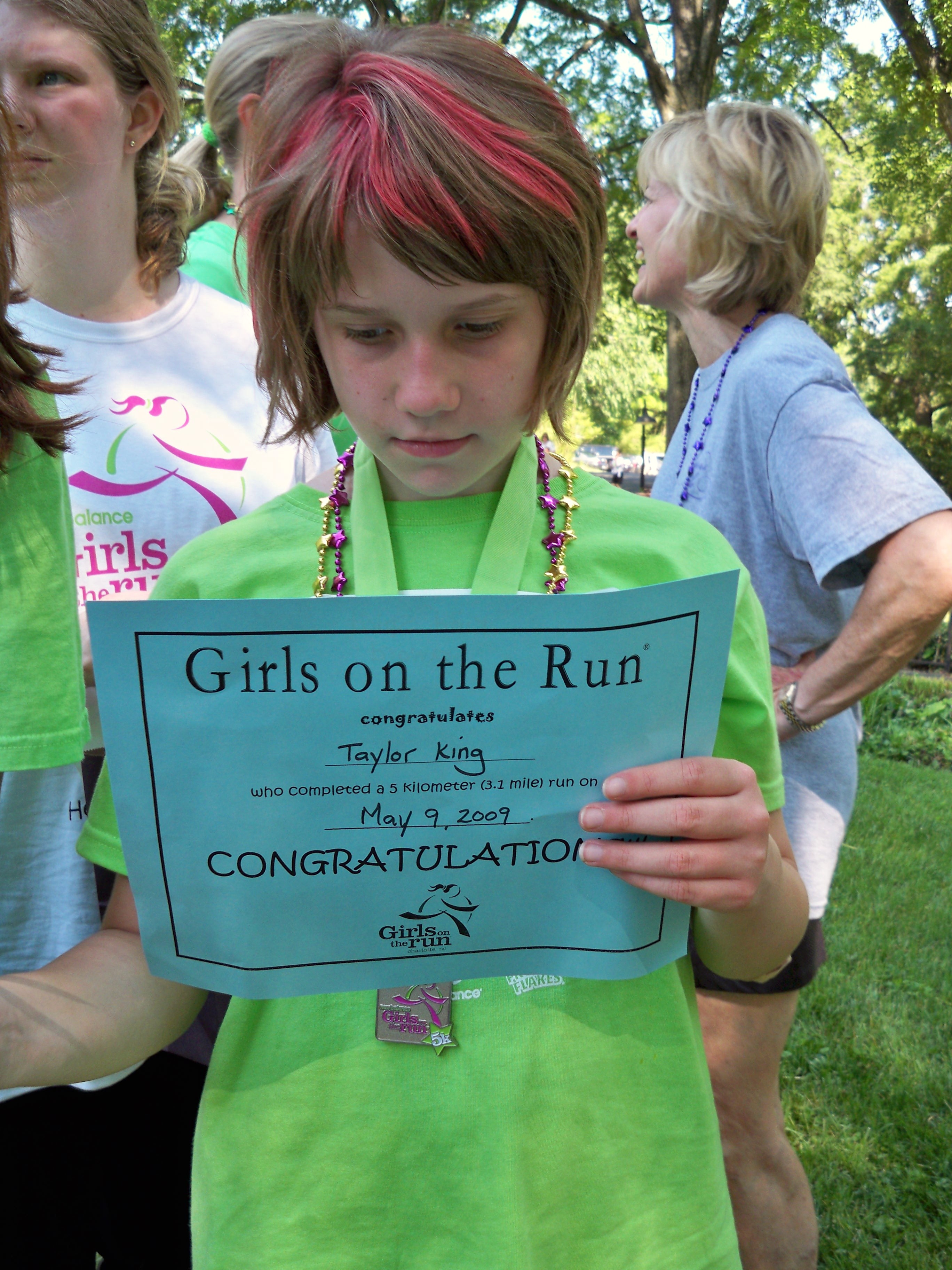
I shared a link to Molly Barker’s post on the Taylor’s Tale Facebook page yesterday. Today, the father of one of her former classmates shared the following response:
My son Nicholas and I will be running the Half Marathon. This will be our second year and we hope not to have such a “battle” for last place. Neither of us are runners but we are doing it for the challenge. I mentioned to Nicholas that Taylor (he was a year behind her at Fletcher) did a 5K without stopping and I told him we can’t even think about waking or slowing down before mile 3 because no matter how “tired” we may be, we need to push through just like Taylor did. We’ll be wearing pink shirts to show our support for Taylor.
Most of Batten disease is really bad; I think this message embodies all that is GOOD about our fight against Batten disease. As I said before, I’ve never come across anything quite so tragic or daunting. And I could come up with a thousand other equally horrible and appropriate words to describe it. But Nicholas’ dad’s message gave me tears of joy. It gave me the strength to believe – for one more day. I, too, will run the Thunder Road Half Marathon for Taylor in less than two weeks. I may not see Nicholas and his dad among the thousands of other runners. But together or apart, we’ll push through. For Taylor. Read Molly Barker’s blog post

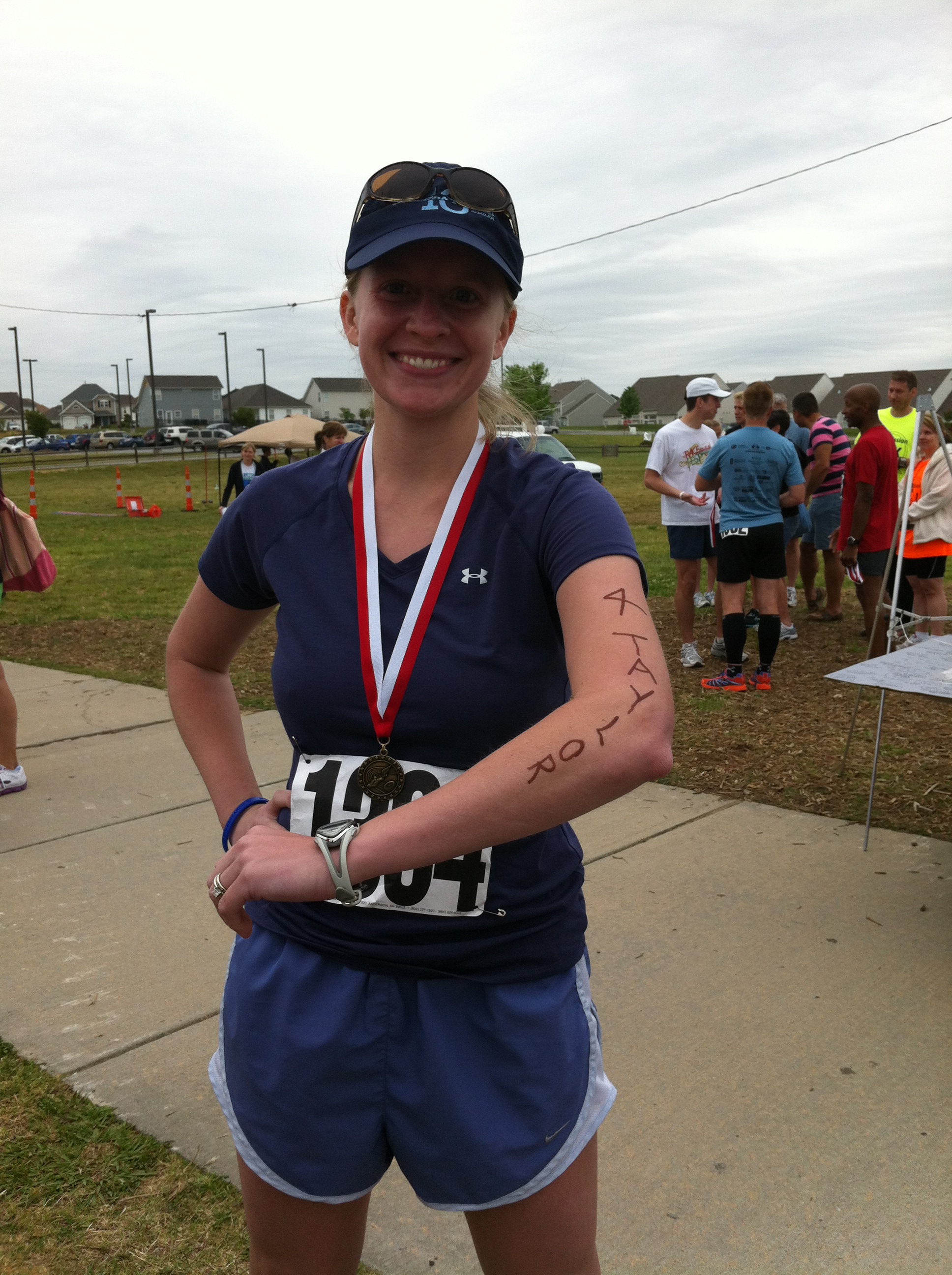
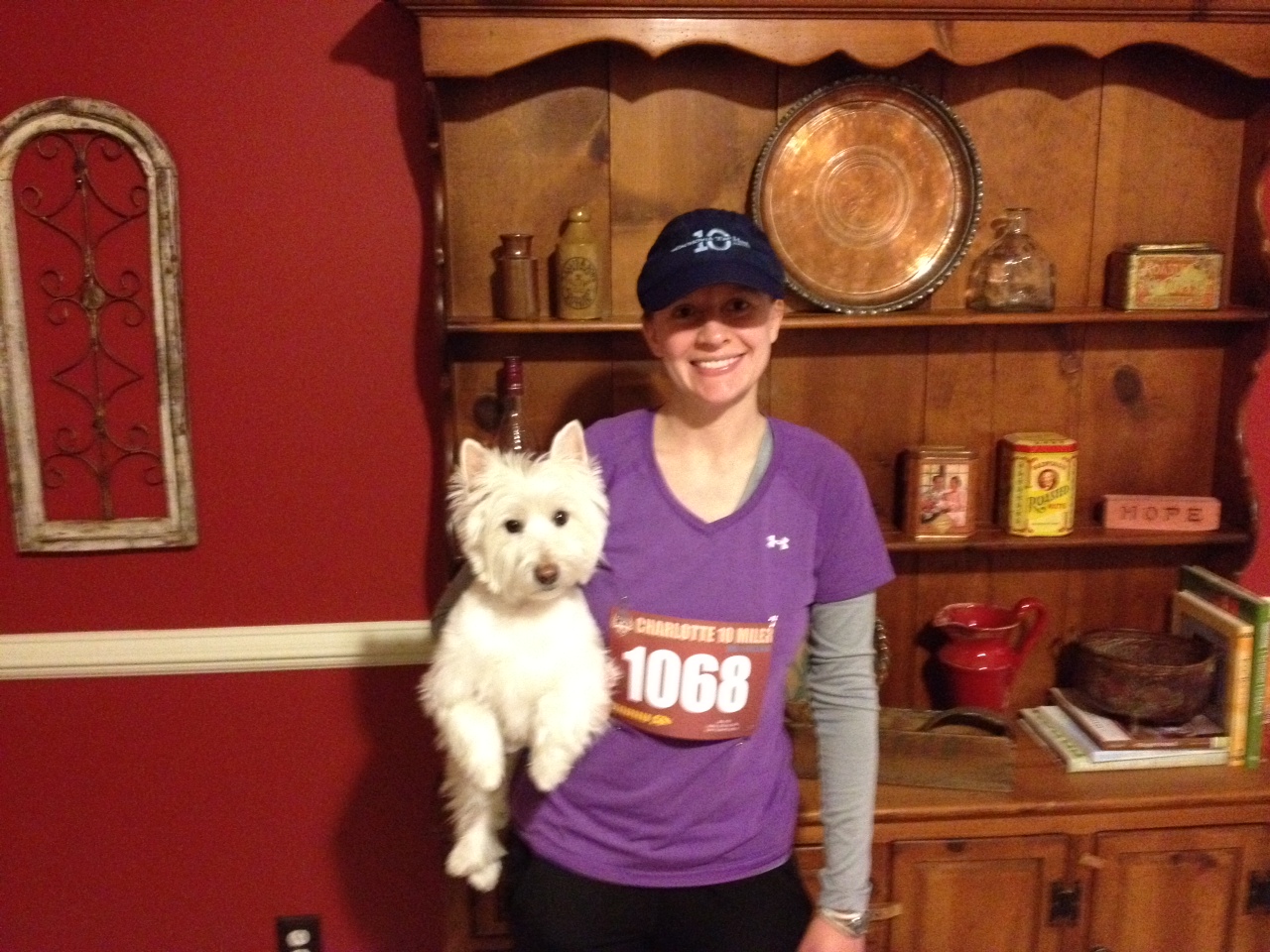
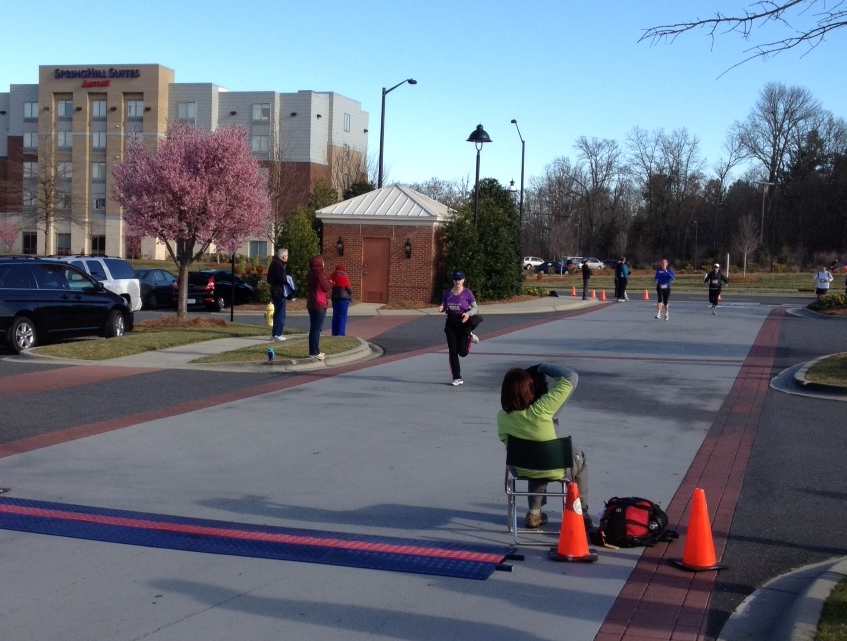
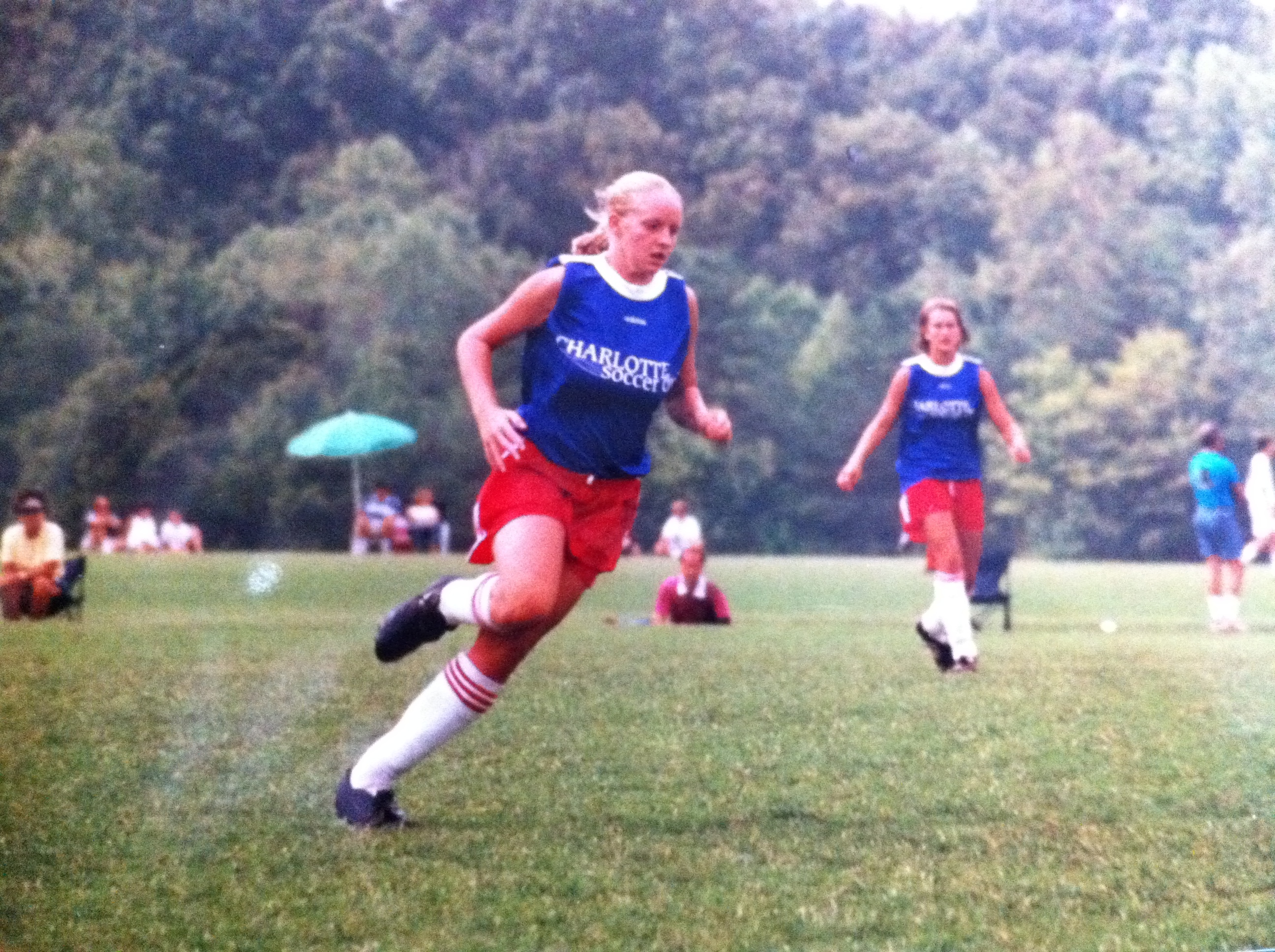
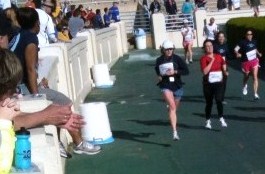
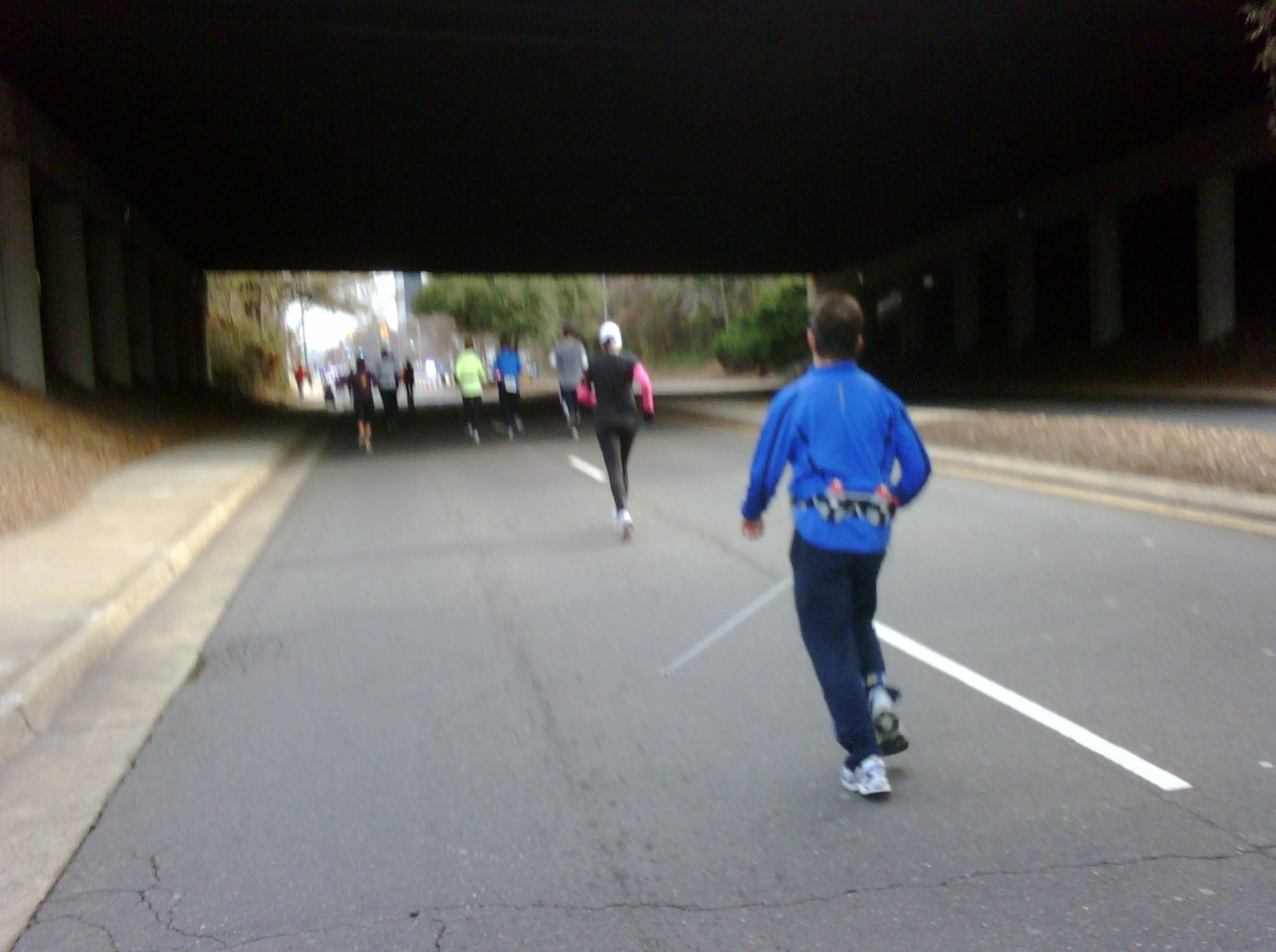
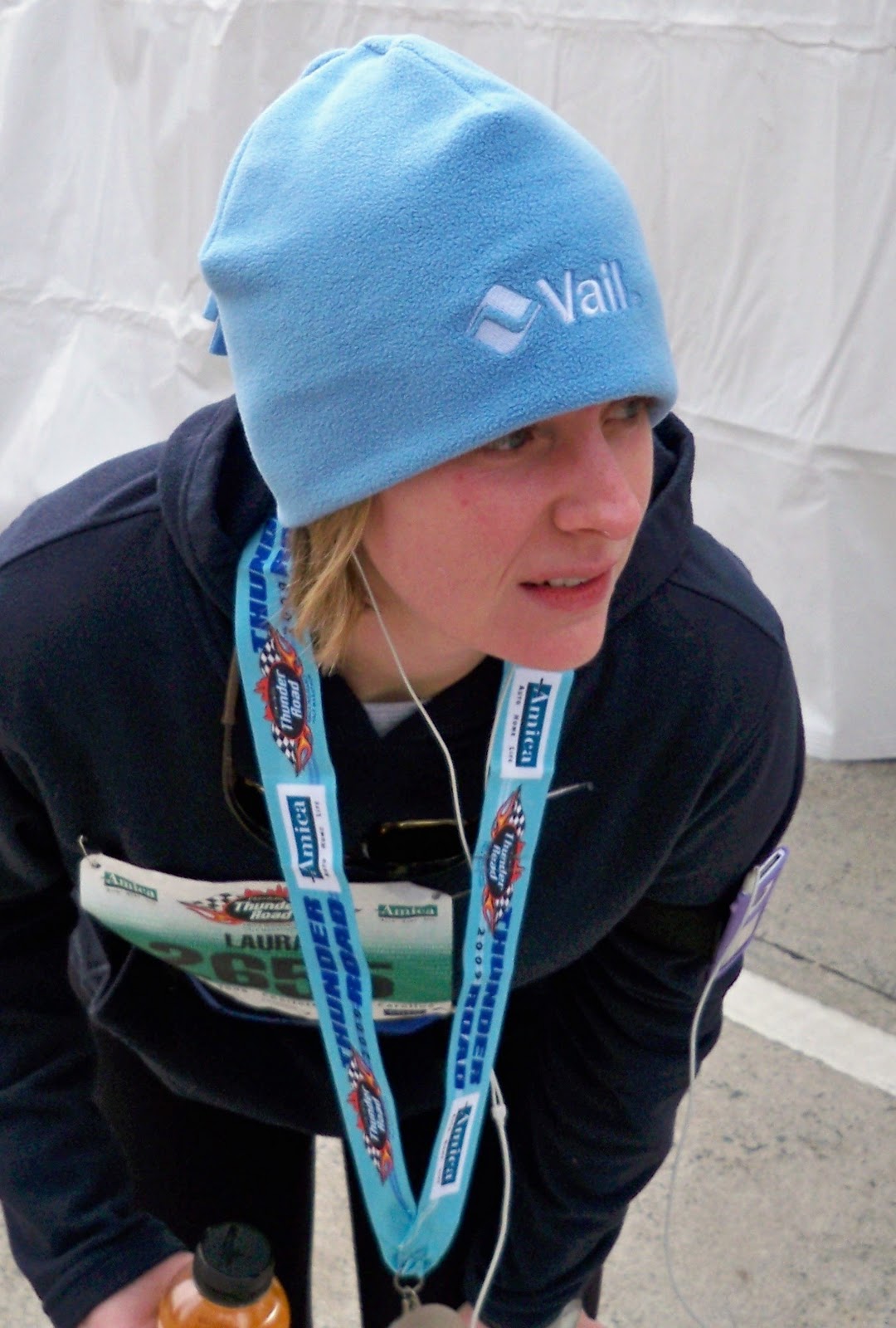
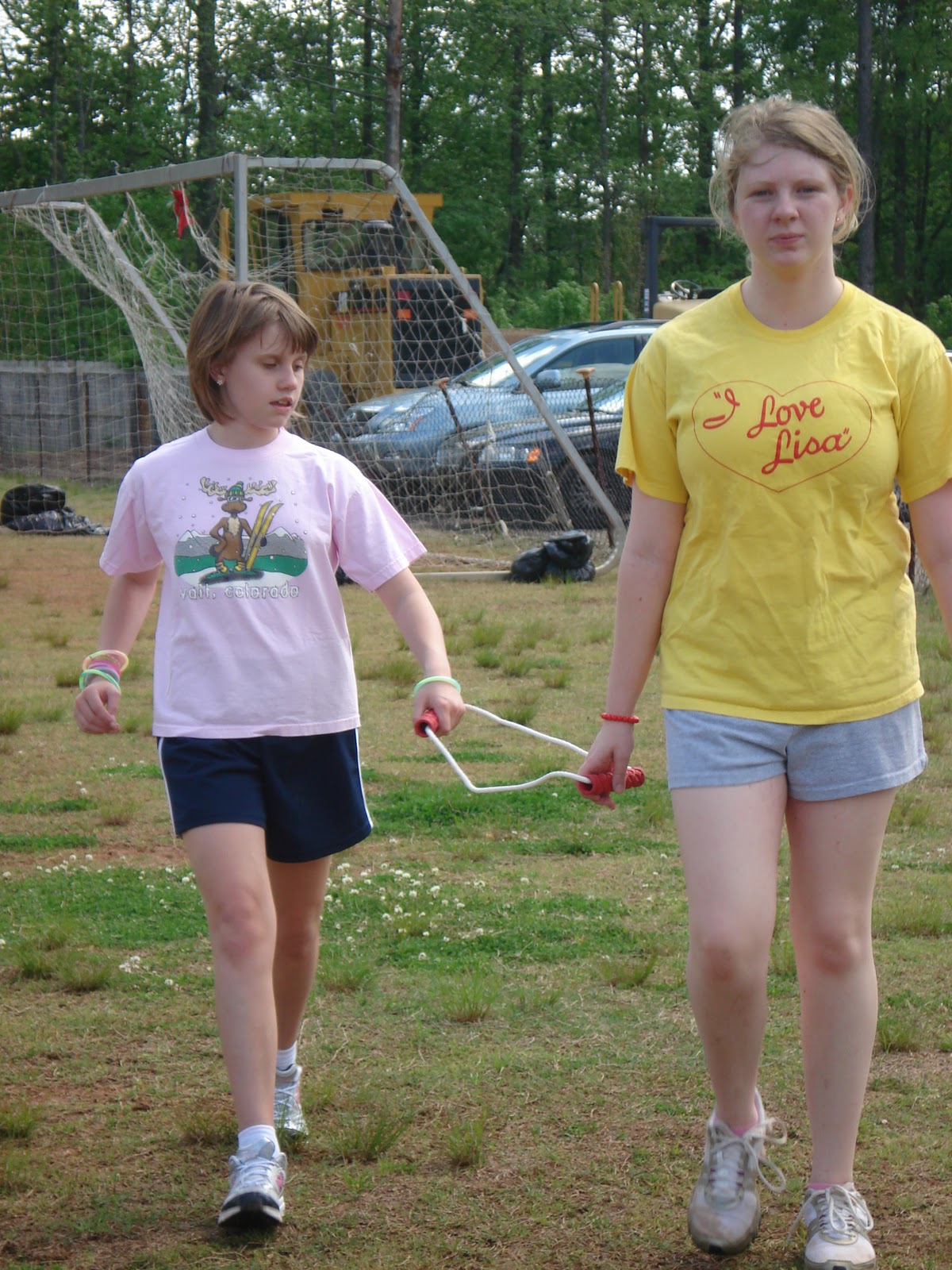
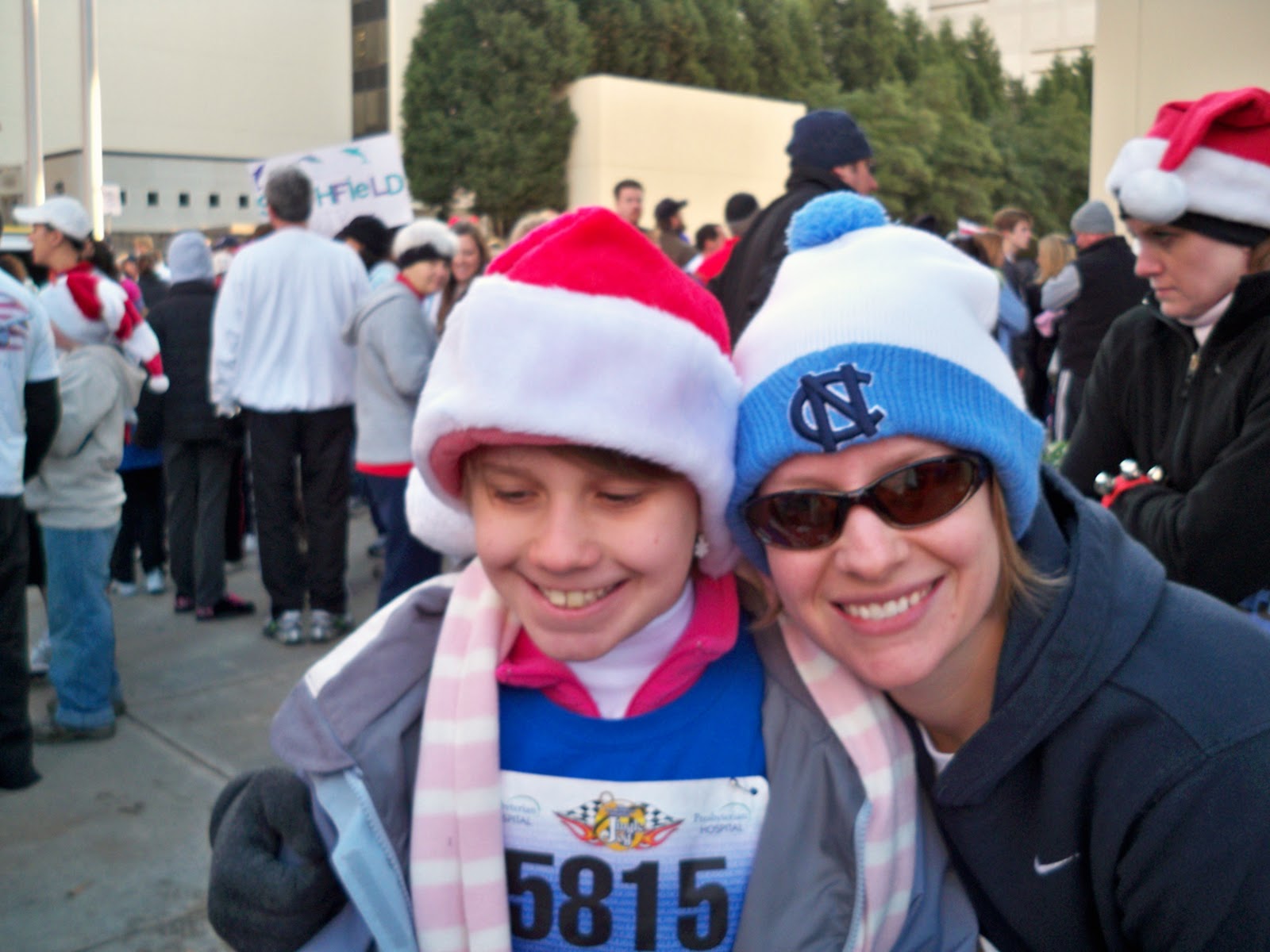
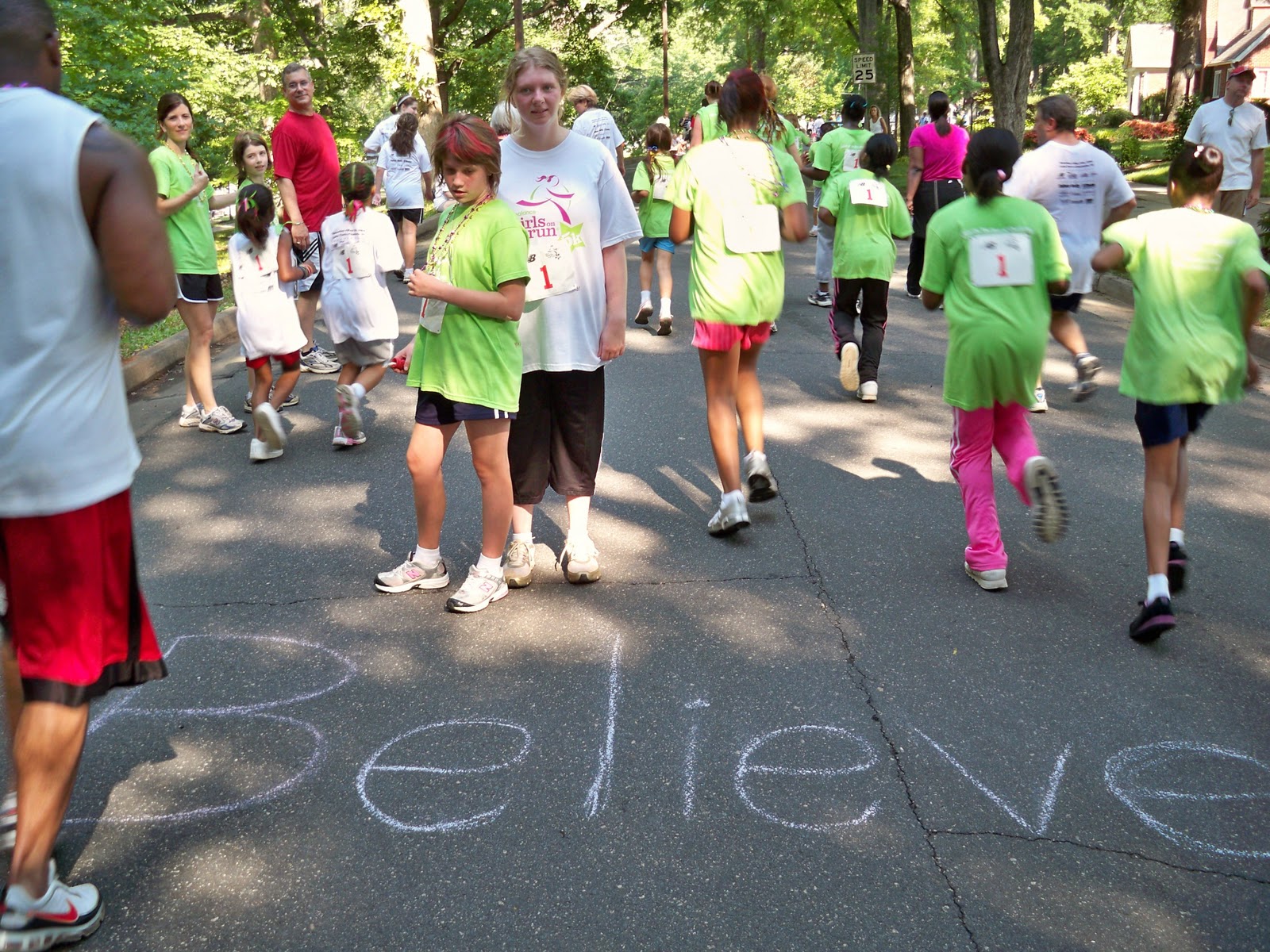 Enter Miles to a Miracle, Taylor’s Tale’s exciting new campaign to fight the disease that threatens to steal Taylor’s ability to run and so much else. T’s story is about running, but you can do whatever activity you love for kids with Batten disease – whether it’s running, walking, hiking, biking or swimming. Miles to a Miracle is a portal where you can log miles, raise money, connect with others and share your story through pictures, words and video. You can do something healthy and fun, network and support a great cause (happy endings for children like Taylor, of course!). You can create events of your own – from a top local race you run each year to a group walk after work one night. Our goal is to raise $24,901 – the distance in miles around the globe – in honor of kids all over the world fighting this tragic disease. For my part, I plan to donate a dollar for every mile I log in addition to asking friends and family for one-time donations when I run big races, like the Thunder Road Half Marathon in Charlotte next month. More than anything, though, we want Miles to a Miracle to take our story all over the world so that people know this horrible disease exists and takes the lives of all children it strikes. So, even if you don’t think you’ll do any fundraising but still want to help us use Taylor’s inspiring story to fight Batten disease while doing something healthy for yourself, please join us!
Enter Miles to a Miracle, Taylor’s Tale’s exciting new campaign to fight the disease that threatens to steal Taylor’s ability to run and so much else. T’s story is about running, but you can do whatever activity you love for kids with Batten disease – whether it’s running, walking, hiking, biking or swimming. Miles to a Miracle is a portal where you can log miles, raise money, connect with others and share your story through pictures, words and video. You can do something healthy and fun, network and support a great cause (happy endings for children like Taylor, of course!). You can create events of your own – from a top local race you run each year to a group walk after work one night. Our goal is to raise $24,901 – the distance in miles around the globe – in honor of kids all over the world fighting this tragic disease. For my part, I plan to donate a dollar for every mile I log in addition to asking friends and family for one-time donations when I run big races, like the Thunder Road Half Marathon in Charlotte next month. More than anything, though, we want Miles to a Miracle to take our story all over the world so that people know this horrible disease exists and takes the lives of all children it strikes. So, even if you don’t think you’ll do any fundraising but still want to help us use Taylor’s inspiring story to fight Batten disease while doing something healthy for yourself, please join us!